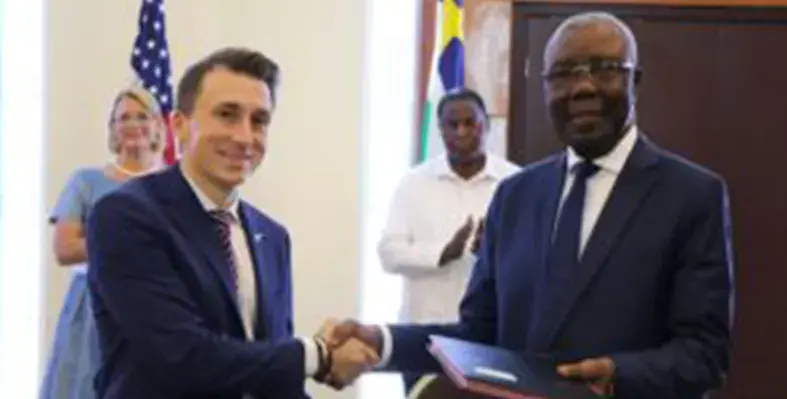Creative Crafting Club, a Cape Town-based startup, has bridged the gap between entrepreneurship for stay-at-home parents and education for tots-to-tweens
The multifunctional online subscription site offers tried-and-tested creative crafting lesson plans, teaching resources and business acumen for parents, educators and budding entrepreneurs, to kick start their own kids’ creative crafting club in their community.
The www.CreativeCraftingClub.com membership’s STEAM (Science, Technology, Engineering, Art, Mathematics)-based lesson plans have been endorsed by occupational therapists, engineers, architects and artists to ensure the crafting topics are contemporary, child-friendly (for ages two to 12 years) and of international standards. They can be used to complement school curriculums, extramural activities or simply to run a creative at-home business.
South African sisters, Christelle (architect) and Stefanie (engineer) are the founders of the www.CreativeCraftingClub.com and brainchild, Canvas Club. It was through the success of their franchise Canvas Club, which has expanded to over 50 franchise locations across three countries in two years, that the powerful pair saw the need to develop a worldwide business model that not only encourages creativity in kids but entrepreneurship for parents too.
Stefanie said, “One of the biggest struggles we see moms face is finding a flexible way to generate extra income. We’ve seen the sense of community and transformation that the membership platform is creating for these women first-hand.” Club member, Lili Probart, attested, “Creative Crafting Club gave me the tools to pursue my dream of teaching children, despite not being a schoolteacher.”
Christelle said, “Being a mom is a rewarding job, but that doesn’t mean you have to choose between parenting and a fulfilling career. The Creative Crafting Club membership not only tackles education but encourages entrepreneurship in communities, especially for stay-at-home parents in Africa who are often tasked with looking after not only their own children but other children in their communities too.”






















